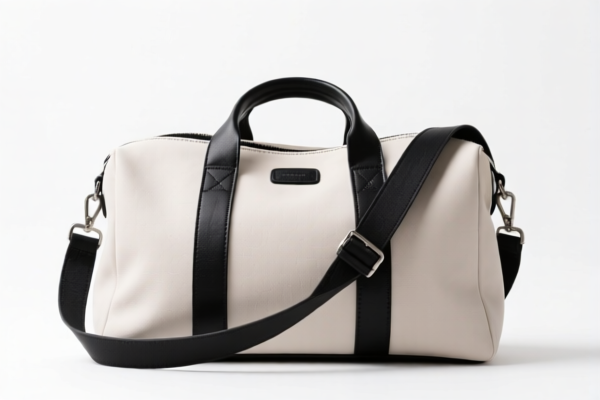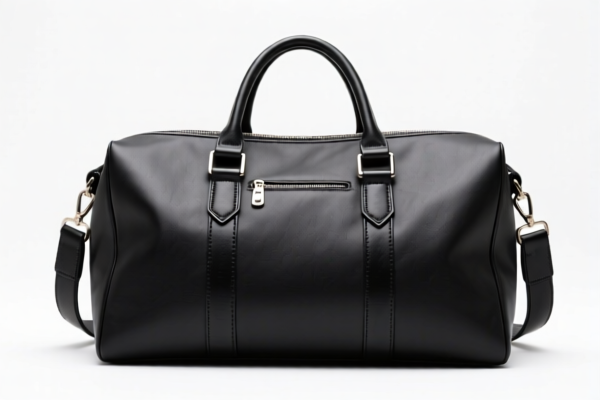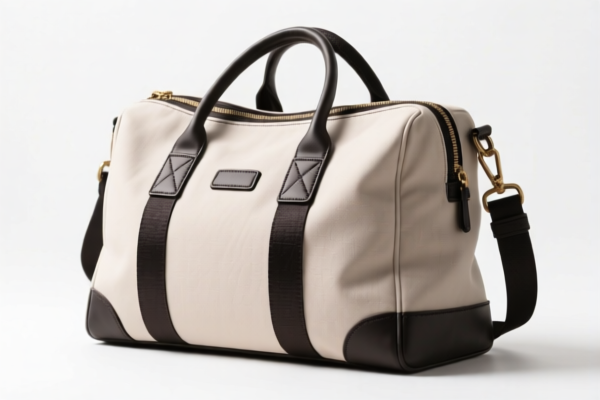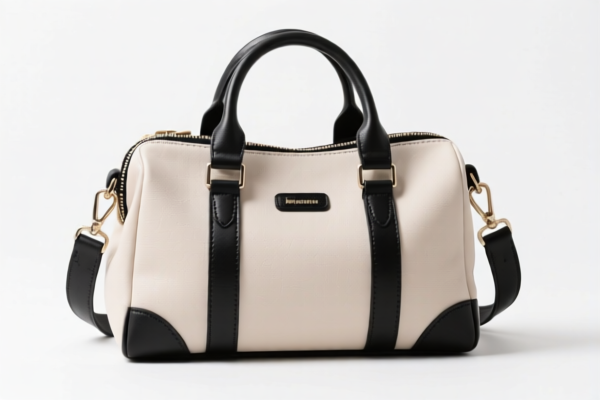| HS Code | Official Doc | Tariff Rate | Origin | Destination | Effective Date |
|---|---|---|---|---|---|
| 4202923120 | Doc | 72.6% | CN | US | 2025-05-12 |
| 4202924500 | Doc | 75.0% | CN | US | 2025-05-12 |
| 4205000500 | Doc | 57.9% | CN | US | 2025-05-12 |
| 4205000500 | Doc | 57.9% | CN | US | 2025-05-12 |
| 6114909070 | Doc | 35.6% | CN | US | 2025-05-12 |




Running Bag
A running bag, also known as a hydration pack or running backpack, is a lightweight backpack specifically designed for carrying essentials during running and other high-intensity activities.
Material
Running bags are typically constructed from durable, water-resistant, and breathable materials. Common materials include:
- Nylon: Offers good abrasion resistance and durability. Often treated with a Durable Water Repellent (DWR) finish.
- Polyester: Lightweight and quick-drying. Can also be treated with DWR.
- Ripstop Fabrics: Reinforced fabrics designed to prevent tears from spreading.
- Mesh: Used for back panels and straps to provide ventilation and comfort.
- TPU (Thermoplastic Polyurethane): Used in hydration bladders for flexibility and durability.
Purpose
The primary purpose of a running bag is to allow runners to carry items hands-free, enhancing comfort and convenience during their activity. These items can include:
- Hydration: Water bottles or hydration bladders are the most common item carried.
- Nutrition: Energy gels, chews, or small snacks.
- Essentials: Phone, keys, wallet, identification, sunscreen, small first-aid kit.
- Layers: A lightweight jacket or vest in variable weather conditions.
Function
Running bags function by distributing weight evenly across the back and shoulders, minimizing bouncing and discomfort. Key functional features include:
- Hydration Compatibility: Dedicated compartments or sleeves for water bottles or hydration bladders.
- Adjustable Straps: Sternum and waist straps to secure the bag and prevent movement.
- Multiple Compartments: Organization for different items.
- Reflective Elements: Enhanced visibility in low-light conditions.
- Ventilation: Mesh panels and airflow channels to reduce sweating and maintain comfort.
Usage Scenarios
- Trail Running: Essential for carrying larger volumes of water, nutrition, and emergency supplies on longer, more remote runs.
- Road Running: Useful for longer distances where carrying water and nutrition is necessary.
- Marathons and Ultra-Marathons: Specifically designed packs for carrying all necessary race-day supplies.
- Hiking and Fastpacking: Smaller running bags can be used for shorter, faster hikes.
- Cycling: Some models are adapted for cycling, with features like helmet attachment points.
Common Types
- Vest-Style Packs: The most common type, resembling a vest with hydration pockets and storage compartments. Offers a snug, stable fit. Capacity typically ranges from 5-15 liters.
- Backpack-Style Packs: More traditional backpack design, often with a larger capacity (10-30 liters). Suitable for longer runs or hikes where more gear is needed.
- Waist Packs (Running Belts): Smaller packs worn around the waist, ideal for carrying essentials like phone, keys, and small snacks on shorter runs. Capacity typically ranges from 0.5-2 liters.
- Handheld Bottles: Small bottles with straps designed to be held in the hand. Suitable for shorter runs where a small amount of hydration is needed.
Running bags generally fall under the category of bags designed for carrying items while running or engaging in similar sports activities. Based on the provided reference material, the following HS codes are relevant:
-
4202923120: This HS code covers trunks, suitcases, vanity cases, and similar containers, specifically “Other: With outer surface of sheeting of plastics or of textile materials: Travel, sports and similar bags: Of man-made fibers Backpacks”. This code applies to backpacks made of man-made fibers, which are commonly used in running bags. The first two digits (42) indicate articles of leather or composition leather, plastic sheeting, textile materials, vulcanized fiber, or paperboard. The next four digits (0292) specify bags and similar containers. The final digits (3120) further refine the category to travel, sports, and similar bags with an outer surface of textile materials made of man-made fibers.
- Tax Details: Base tariff: 17.6%, Additional tariff: 25.0%, Additional tariff after 2025.4.2: 30%. Total tariff: 72.6%.
-
4202924500: This HS code also covers trunks, suitcases, vanity cases, and similar containers, specifically “Other: With outer surface of sheeting of plastics or of textile materials: Travel, sports and similar bags: Other”. This code applies to travel, sports, and similar bags that do not fall under the more specific “Of man-made fibers” category (4202923120).
- Tax Details: Base tariff: 20.0%, Additional tariff: 25.0%, Additional tariff after 2025.4.2: 30%. Total tariff: 75.0%.
It is important to note the distinction between these two codes. If the running bag is made of man-made fibers, HS code 4202923120 is more appropriate. If the material is not specifically man-made fibers, HS code 4202924500 should be used.
Customer Reviews
No reviews yet.